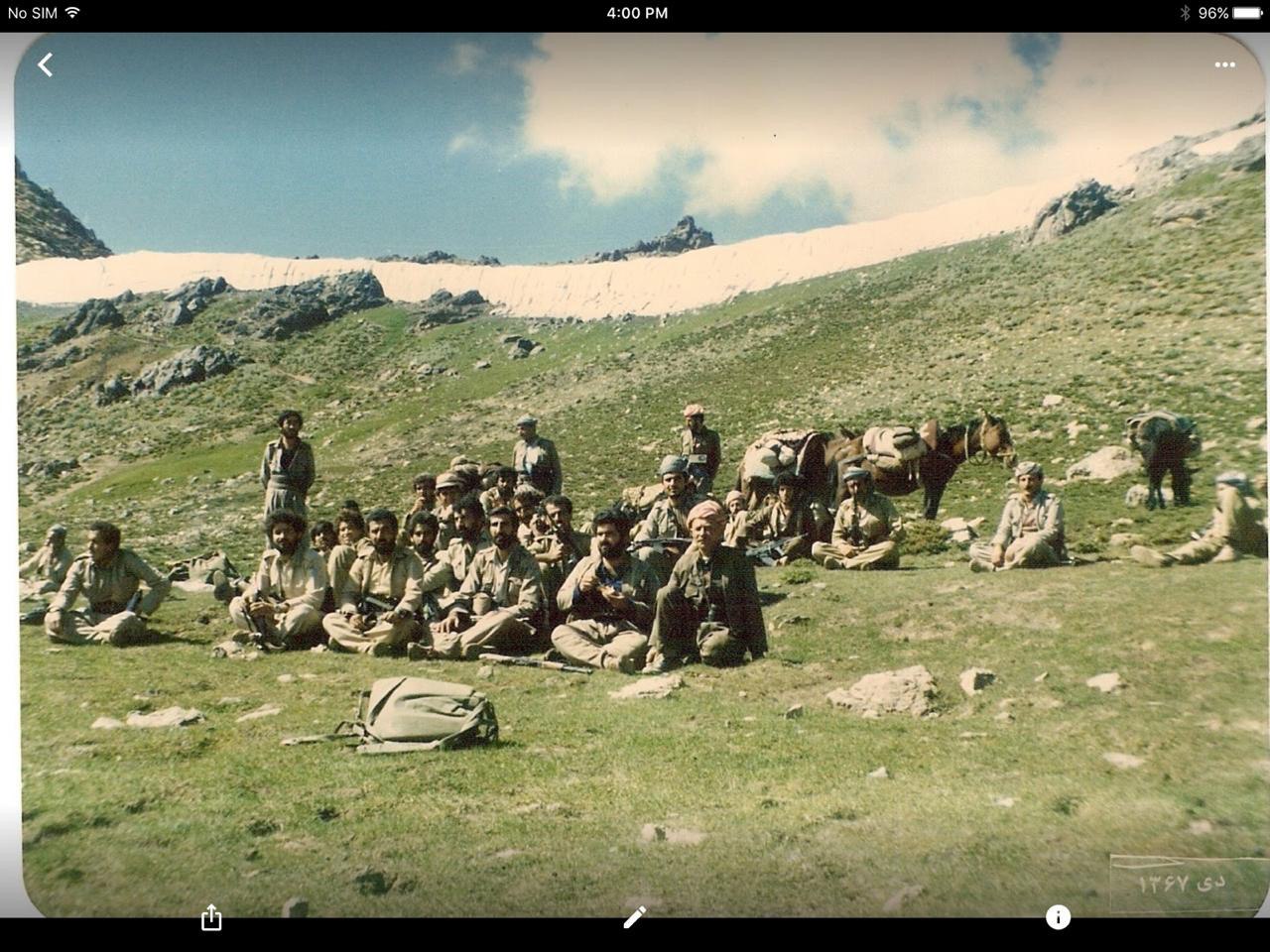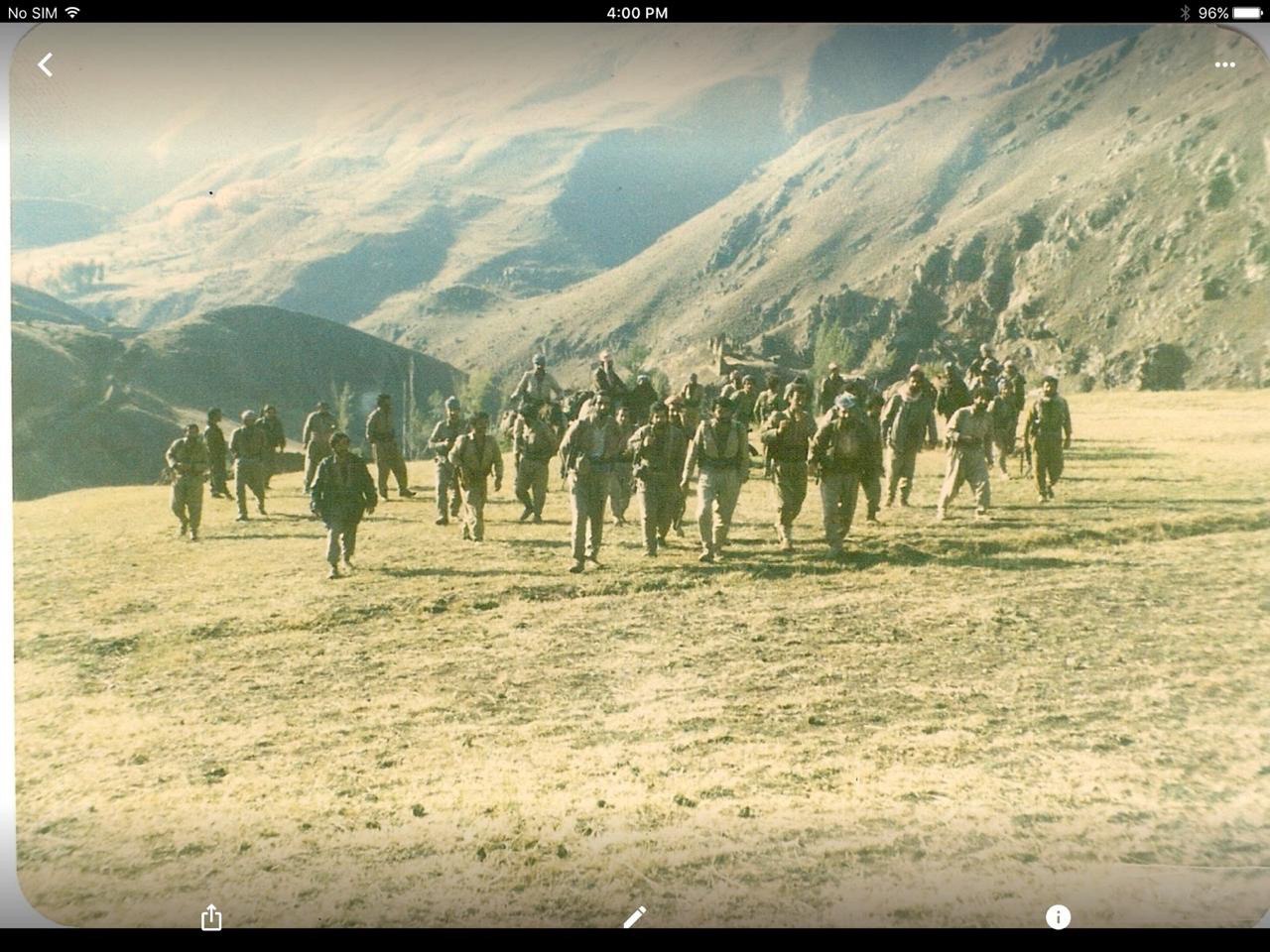A Peshmerga and Morse code operator
Background and Early Life
Syamand Abdulaziz Muhammad was originally from the upper
area of Barwari, known as “Barwari Zhury.” In 1949, due to the lack of
civilization in the mountains, his grandfather moved to the Malta area, where
he remained until the end of his life. Syamand was born on September 20, 1965,
in the Malta area. He recalls much from his early childhood, including
starting school at the age of five, where the curriculum combined Kurdish and Arabic languages.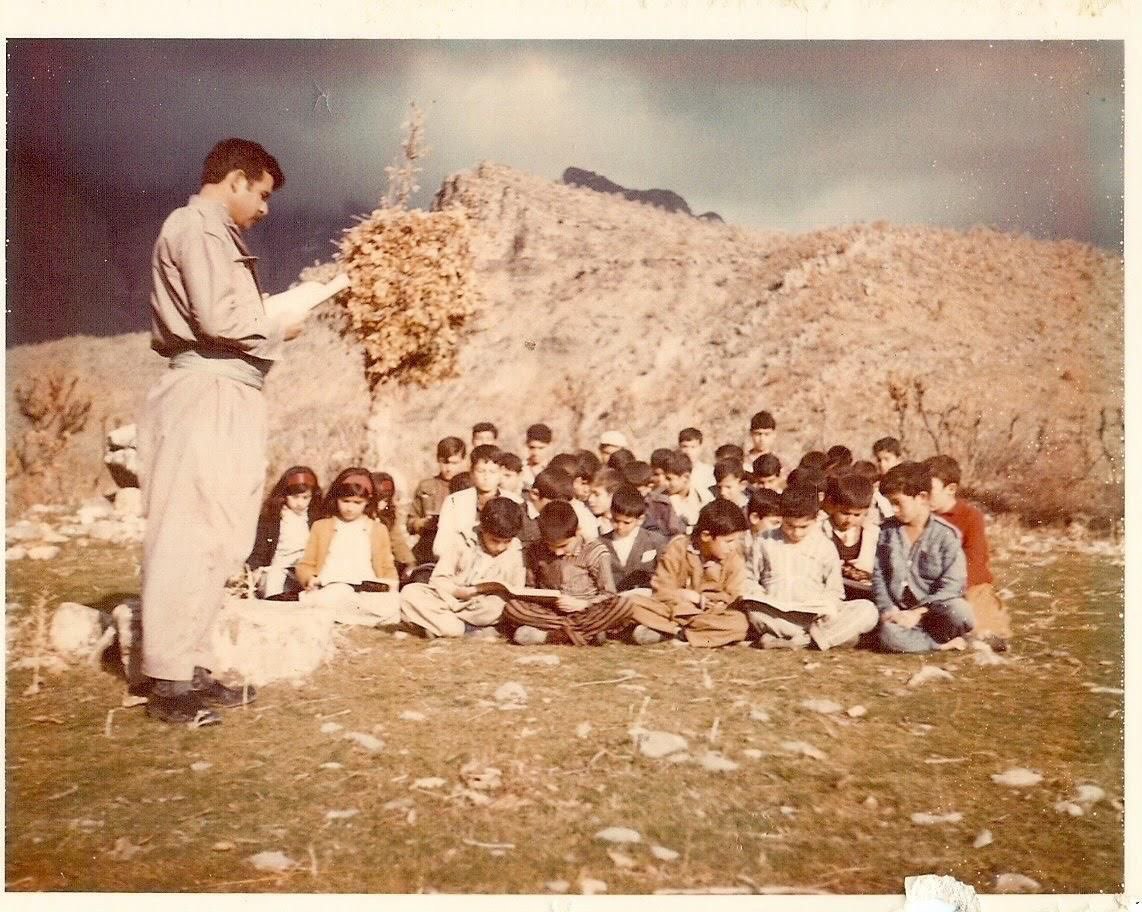
Escaping Conflict
In 1974, while Syamand was in grade three at Malta Zhery
School, located on what is now a highway, a taxi arrived offering a ride. His
father, a Peshmerga stationed in the mountains, sent the taxi to ensure their
safety. The taxi transported them to Bamarni and then to the Barwari area, as
conflict had erupted between the Kurds and the Iraqi government. They didn’t
question the move; it was a necessity. With his large family, including his
father, grandfather Salman, and grandmother all living together, Syamand didn’t
feel his father’s absence too much.
Joining the Revolution
Later, the family had to return to the revolution due to
pressures from the Iraqi government, which demanded that Peshmergas surrender
or face severe consequences. Syamand’s uncle had been imprisoned in 1977 and
released in 1979. Despite working for a secret group that his father didn’t
know about, Syamand felt it was his duty to join the revolution, as advised by
his father, as his father got adviced by his father, told him that, “As long as you are healthy
and alive on this earth, it's your duty to serve and protect this land. You
work 10% you give tax (to support the Kurdish cause , the revolution) because you are on this land; it is your duty.”
Education and Influences
Educated in a Kurdish school like his father, Syamand was
part of a community in the old Malta area that gathered to learn about world
wars and significant events like the bombing of Hiroshima. His grandfather was
knowledgeable and held a high position in the PDK party. Mala Mustafa Barzani,
may he rest in peace, once remarked that if he had more people like Muhammad
Salman in Badinan, he wouldn’t have needed to go there because Muhammad Salman
could manage it.
Awakening to Kurdish Nationalism
When it came to learning about Kurdish nationalism, Syamand
wasn’t born a nationalist any more than he was born a Muslim. His surroundings
shaped his understanding, and he judged the reasonableness of the cause. In
1982, at 17, he asked friends with connections to the PDK party if he could
join. They responded that they would consider it when he turned 18. After his
18th birthday, they contacted him, confirming his interest, and he joined them.
He worked with the PDK for two years, managing 80% of his work perfectly, which included gathering necessities and medication. which he, along with Mr. Yasin, delivered
to the Bamarni area for the revolutionaries.
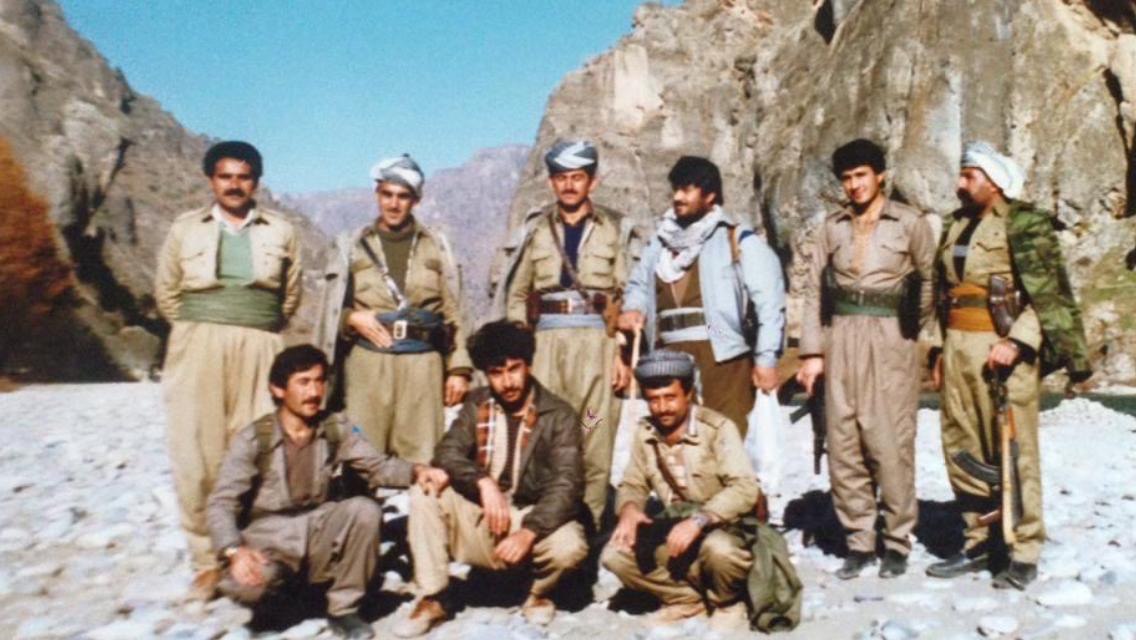
Contributions and Challenges
In 1985, Syamand joined the revolution but soon realized
that fieldwork wasn’t suitable due to his physical limitations. He wanted to
contribute in a capacity where he could fully commit. After a few months, he
was asked to open a school in Cham Sayda village with four other teachers. They
taught around 100 village children from grades 1 to 3 primary school. In 1987, less than a
year later, the Iraqi government attacked, forcing everyone to flee to the
mountains and Galy area. While the Iraqi government might have seen the
revolution as a minor conflict, for Syamand and h, it was
significant, with numerous tanks, bombs, and soldiers.
The Role of Morse Code Devices
When Morse code devices became available, Syamand joined
immediately. Asked if he knew Arabic and Kurdish letters, he confirmed he did.
After completing the course, he was given French Thomson devices and got assigned to a locations. He worked near Hora village in the Gullan committee, specifically in
a valley called Dolla Masena. Mr. Sharaf Goharze taught them how to set up and
manage the equipment. The worst telegram Syamand received detailed the Deraluk
Martyrs, listing 13 names of friends who had died. He was deeply upset, went
outside into the snow to take a breath, and returned after 20 minutes only to
find more names of martyrs. It was the most devastating telegram he ever
received.
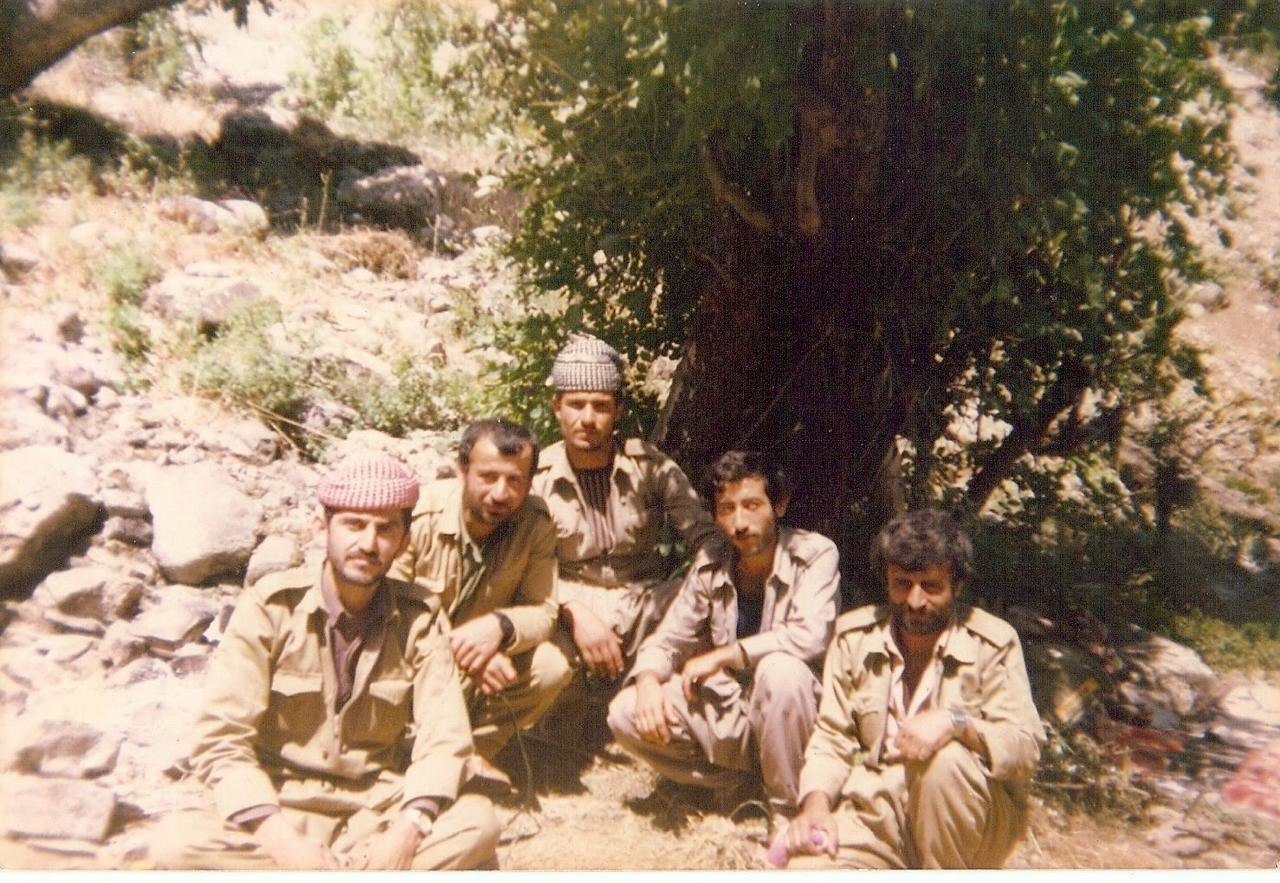
Reflections on Kurdish Identity
The device Syamand used was international, capable of
sending signals to America, Europe, and China, provided there was a
corresponding receiver. It connected to electricity and emitted sounds for dots
or dashes, making distance irrelevant for sending signals.
Syamand’s goal was Kurdishness, not party politics. He
viewed parties as tools to serve the Kurdish cause and wished for the Kurdish
people to unite rather than remain divided.
written by: Soma Fuad.
